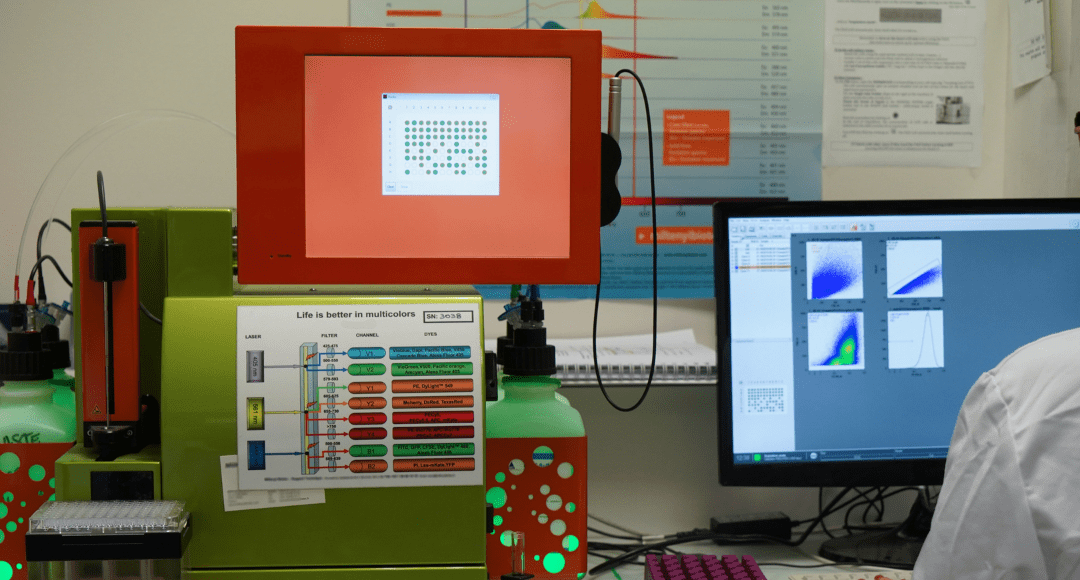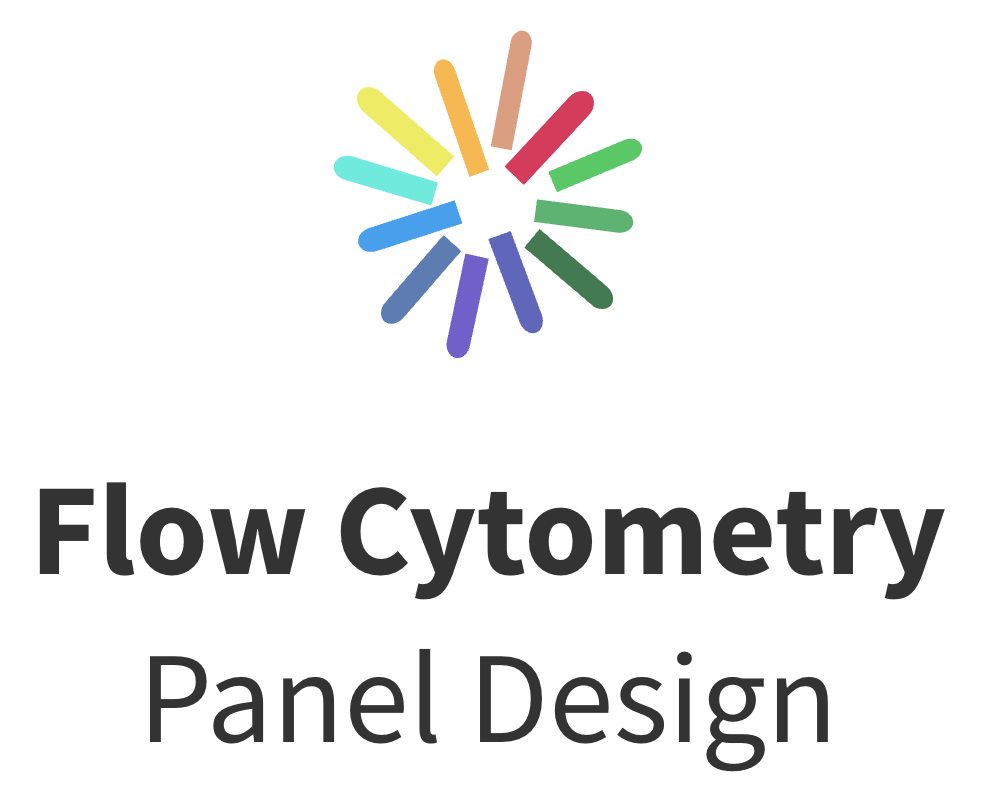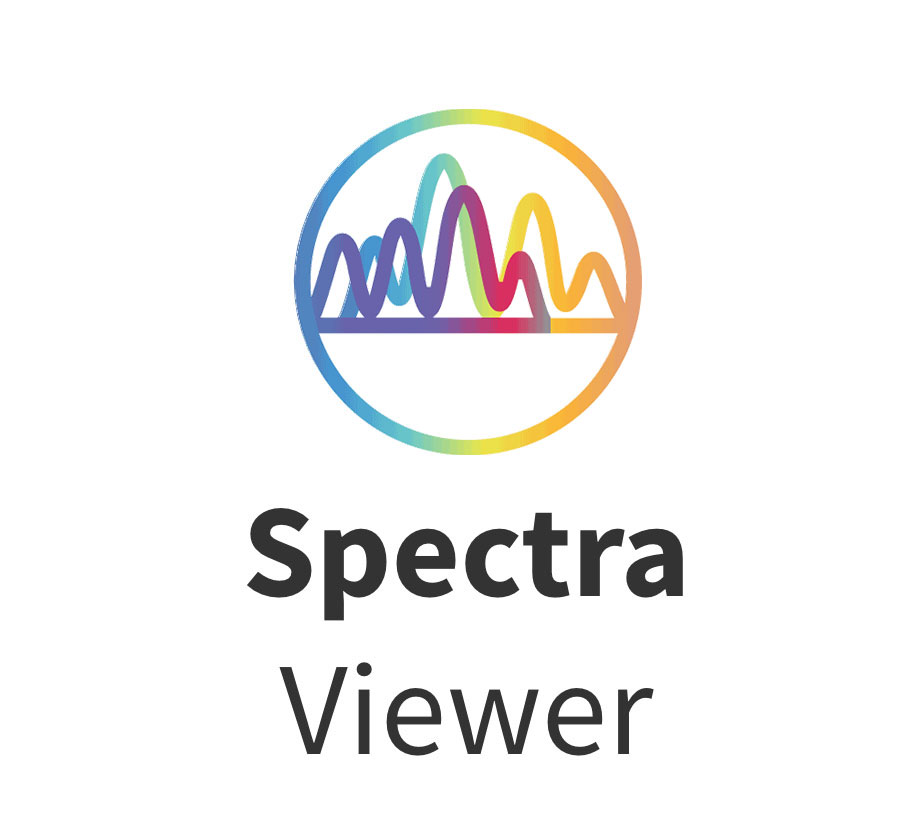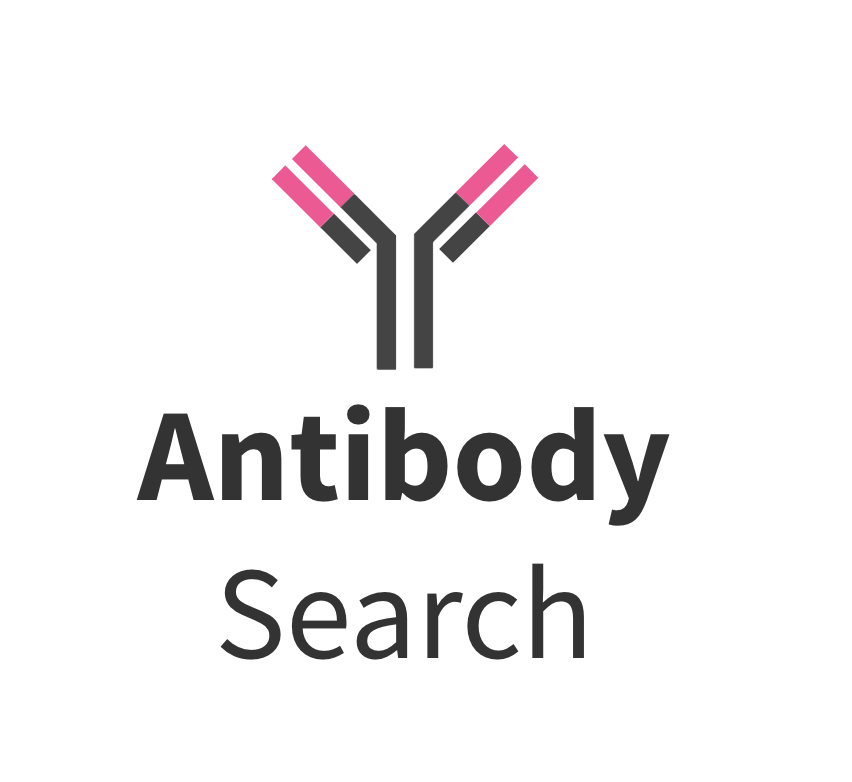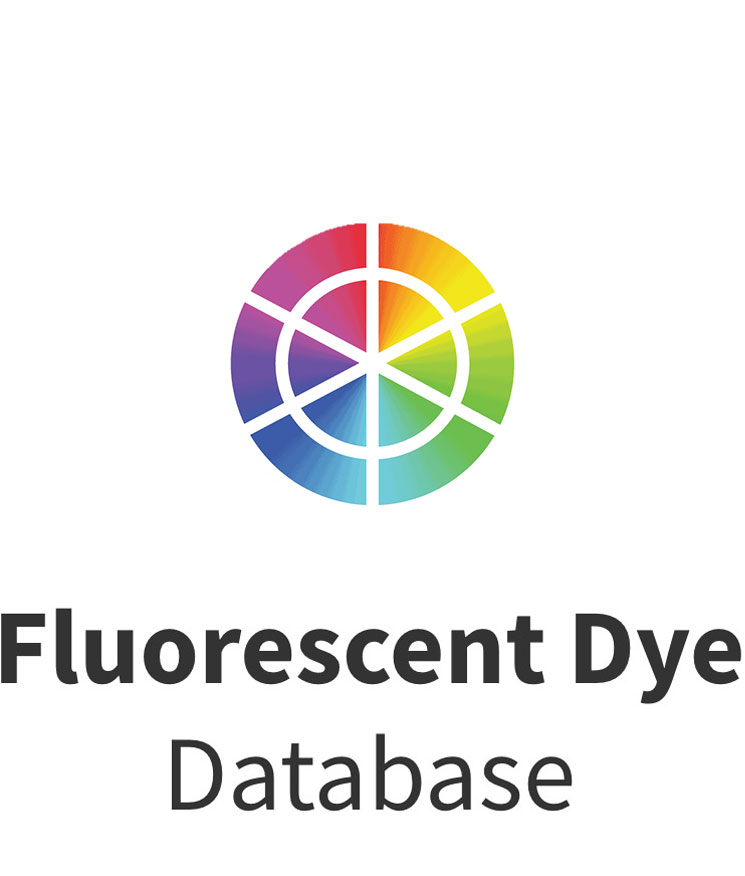Flow cytometry continues to become more powerful with the development of novel instrumentation and reagents. Here, we highlight some of the latest advances in the field and look at how they can benefit your research.
Thermo Fisher Scientific Launches the Invitrogen™ Attune™ Xenith™ Flow Cytometer
Thermo Fisher Scientific unveiled the Attune Xenith Flow Cytometer at CYTO 2024, bringing advanced spectral flow capabilities to the highly popular Attune™ Flow Cytometer family. “All of the Attune Flow Cytometers use acoustic-assisted hydrodynamic focusing, rather than traditional hydrodynamic focusing, to maintain a narrow core width even at faster sample flow rates,” reports Kate Alford, Ph.D., Product Manager at Thermo Fisher Scientific. “This ensures that only one cell passes through the laser at a time, eliminating the risk of overlapping signals and enhancing data accuracy. By combining acoustic-assisted hydrodynamic focusing with advanced spectral flow capabilities, the Attune Xenith Flow Cytometer maximizes speed and efficiency for reduced time to results, even when performing high-parameter experiments with challenging sample types like tumors and tissue digests.”

Figure 1. Acoustic-assisted hydrodynamic focusing. Pre-alignment of cells allows the Attune Flow Cytometers to process samples quickly and acquire more statistically significant events even from very dilute samples.
Beckman Coulter Life Sciences Introduces the CytoFLEX Mosaic Spectral Detection Module
The CytoFLEX Mosaic Spectral Detection Module, launched in March 2025, is a natural evolution of Beckman Coulter Life Sciences’ CytoFLEX Platform that lets users extend certain CytoFLEX Flow Cytometer models to include spectral flow cytometry acquisition. “A simple, two-way fiber connection brings spectral capabilities to your existing CytoFLEX S or LX Flow Cytometer,” explains Christian Meinunger, Senior Marketing Manager. “Depending on which instrument you’re using, and which lasers it is equipped with, the CytoFLEX mosaic Spectral Detection Module provides up to 88 detection channels, for more comprehensive analysis of your samples.” To simplify the transition to spectral flow cytometry, Beckman Coulter Life Sciences has bolstered its familiar CytExpert software program (which controls instrument operation, data collection, and analysis) with CytExpert Spectral software. Additionally, users can access the Cytobank Platform to leverage machine learning-assisted analysis of complex spectral data.

Figure 2. The CytoFLEX mosaic Detection Module. A simple, two-way connection adds spectral capabilities to an existing CytoFLEX S or LX Flow Cytometer.
Bethyl Laboratories Continues to Develop New Antibodies with Flow Cytometry Validations
Bethyl Laboratories, a Fortis® Life Sciences company, manufactures and validates all of its antibodies in-house. “This ensures that when we list an application for an antibody product, it has been rigorously tested and the optimal parameters for its use have been identified,” says Amber Miller, Ph.D., Lab. Operations Manager (Flow Cytometry, IHC, and LFA). Table 1 shows some of Bethyl Laboratories’ recent catalog additions with flow cytometry validations, while Figure 3 provides representative data for A700-351, Bethyl’s new rabbit anti-BACH1 recombinant monoclonal antibody.
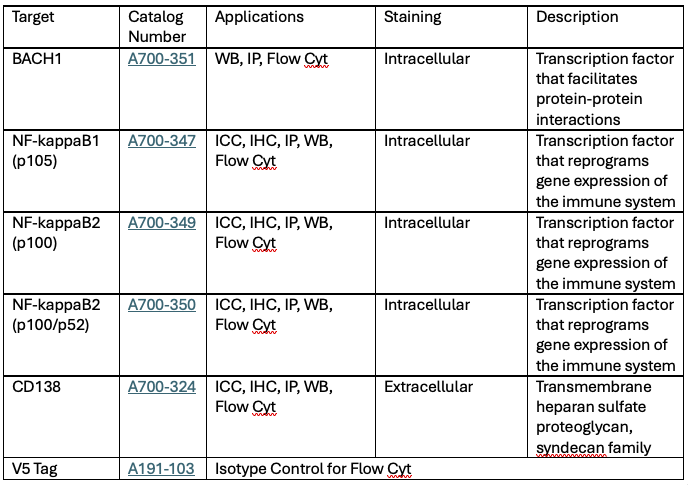
Table 1. Bethyl Laboratories’ recent catalog additions with flow cytometry application validations.
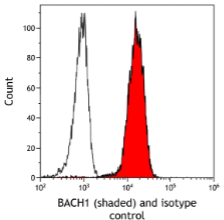
Figure 3. Detection of human BACH1 (shaded) in MCF-10A cells by flow cytometry. Antibody: Rabbit anti-BACH1 recombinant monoclonal antibody [BLR351N] (A700-351) or isotype control (unshaded) (A191-103). Secondary: DyLight® 650-conjugated goat anti-rabbit IgG (A120-101D5).
BD Releases BD Horizon RealYellow™ 743 (RY743) Reagents and BD Horizon™ Chroma Dried Panels
The BD Horizon Dye family has just been extended with the launch of the BD Horizon RealYellow™ 743 (RY743) Fluorochrome, which represents a good choice for researchers developing flow cytometry panels on instruments with a yellow-green laser. “This very bright dye has limited cross-laser excitation and supports the detection of low antigen surface and intracellular markers,” says Anne Gable, Ph.D., Senior Global Marketing Manager. “Additionally, RY743 exhibits reduced monocyte background compared to PE tandem fluorochromes.”
BD has also recently expanded its custom dried panel capabilities to now include up to 30 conjugates. “Our new dried antibody cocktail technology, known as BD Horizon™ Chroma Dried Panels (Chroma), is compatible with BD Horizon Brilliant™ Violet, BD Horizon Brilliant™ UV, BD Horizon Real Blue™, BD Horizon Real Yellow™, and legacy dye reagents,” reports Sandy Santos, Global Senior Product Manager. “During formulation and development, the dried cocktails are optimized against the liquid cocktails for staining pattern, resolution, % parent and MFI. High-parameter dried Chroma cocktails are equivalent to their liquid counterparts and improve workflow efficiencies, reproducibility, and standardization with high-volume testing across multiple sites and/or multiple instruments.”
Bio-Rad Expands the StarBright™ Dye Product Family
Bio-Rad’s StarBright Dye product family grew to 32 different dyes in 2024, with the launch of StarBright Red 715, 775, and 815. Each of these is available as more than 30 different antibody conjugates, and Bio-Rad plans to introduce further markers across the StarBright Dye range this year. “Already in 2025, we’ve added more markers on the StarBright Violet and StarBright UltraViolet Dyes,” says Mike Blundell, Ph.D., Product Manager at Bio-Rad. “We currently have 64 markers on each, with further markers and additional dyes in the pipeline. By continuing to expand the StarBright Dye product family, we aim to give researchers even greater choice and flexibility when constructing their flow cytometry panels.”
Cell Signaling Technology® (CST®) Builds Upon its Chimeric Antigen Receptor (CAR) Linker Antibody Portfolio
CST’s G4S and Whitlow/218 Linker antibodies allow researchers to monitor the surface expression of virtually any single-chain variable fragment (scFv) based CAR with flow cytometry, as well as perform fluorescent cell sorting. To add more functionality and support to the CAR linker antibody portfolio, CST has developed several complementary product families, including F(ab’)2 fragment versions of its original antibodies. “When using full-length rabbit antibodies in human cell models with high levels of Fc receptors, such as monocytes, cross-reactivity between antibody Fc domains and human Fc receptors can lead to false positives,” says Christopher Manning, Associate Director, Flow Cytometry. “While Fc blocking can help prevent this interaction, it can be incomplete and requires extra time and controls. Using F(ab’)2 fragment antibodies both eliminates the risk of Fc binding and shortens protocols by removing the need for an Fc blocking step.”
CST has also developed Posibeads™, which are a novel type of bead-based control that enable researchers to verify the function and fluorescence of their linker antibody conjugate. “This is useful for confirming whether a lack of signal in an experiment looking at CAR expression is real or due to a problem with the conjugated antibody,” says Manning. “Posibeads are coated with the linker peptide sequence and behave like cells in the experiment, but are easily differentiated from cells by scatter. They can be run as an independent sample or combined with cells to serve as an internal control for that sample. Additionally, they serve as a fluorescence control, enabling CAR expression to be compared from experiment to experiment and across multiple instruments or locations. Unlike compensation beads, Posibeads do not bind to any other antibodies in the sample, so they can be used as a specific control even if the linker antibody is used in a large panel.”
CST’s G4S and Whitlow/218 Linker F(ab’)2 Fragment Antibodies and Posibeads products are as follows:
- G4S Linker (E7O2V) F(ab’)2 Fragment (Alexa Fluor® 647 Conjugate) #42709
- G4S Linker (E7O2V) F(ab’)2 Fragment (Alexa Fluor® 488 Conjugate) #30177
- Whitlow/218 Linker (E3U7Q) F(ab’)2 Fragment (Alexa Fluor® 647 Conjugate) #47375
- Whitlow/218 Linker (E3U7Q) F(ab’)2 Fragment (Alexa Fluor® 488 Conjugate) #20944
- Posibeads™ G4S Linker Positive Control Beads #88651
- Posibeads™ Whitlow/218 Linker Positive Control Beads #26254
Supporting Your Research
Whether you’re performing conventional or spectral flow cytometry, FluoroFinder can help with experimental design. Use our Fluorescent Dye Database to explore the optical properties and spectral profiles of more than 1,000 fluorochromes, then leverage our Spectra Viewer to confirm which dyes are compatible with your flow cytometer’s laser and filter configurations.
